Hunting in Wisconsin typically begins in the fall, attracting hunters from all over the state. The Badger State is a hunter’s paradise, with chances for everything from large game like deer and bear to small game like turkey and waterfowl, with highlights like the early teal in September, the deer period in November, and the waterfowl in December.
Information on complete game schedule, application due dates, and other pertinent restrictions will be provided in this section. Having a successful outdoor trip requires preparation, so be sure you have all the necessary equipment and permits.
Wisconsin Hunting Seasons
Hunters may enjoy the states rich wildlife and superb opportunities throughout the year. It has excellent whitetail deer, bear, turkey, and ducks. Cottontail rabbits, foxes, bobcats, and skunks are also targeted. However, the state has disabled and youth game. Hunters may choose a game that suits their needs. One must first understand the regulations, limits, and safety precautions to hunt legally and securely.
Deer
| Archery and Crossbow* | Sept 16–Jan 7 |
| Archery and Crossbow** | Sept 16–Jan 31 |
| Gun hunt for hunters with disabilities*** | Oct 7–Oct 15 |
| Youth deer hunt | Oct 7–8 |
| Gun | Nov 18-Nov 26 |
| Muzzleloader | Nov 27–Dec 6 |
| December 4-Day Antlerless-Only Hunt | Dec 7–Dec 10 |
| Antlerless-Only Holiday Hunt**** | Dec 24–Jan 1 |
Note:
*During the designated antlerless-only hunts, no bucks may be taken.
**Counties and metro subdivisions having extended archery. Check the map to see which counties have longer archery.
***This schedule is not statewide. Know more.
****Only open in a few counties in Zone 2 (Farmland). For a list of acceptable counties, read the combined rules
Discover everything you need to know about deer with our in-depth guide on the state’s deer seasons.
Elk
- Oct. 14 to Nov. 12 and Dec. 14 to Dec. 22
Moose
The state has not reintroduced moose, however numerous sightings in northern wach year are confirmed. No moose hunting is allowed.
Bear
| Bear Zones | Permitted Methods | |
| A, B, D | Sept 13 – Oct 3 | With aid of dogs, aid of bait, all other legal methods |
| A, B, D | Oct 4 – Oct 10 | With aid of bait, all other legal methods not using dogs |
| A, B, D | Sept 6 – Sept 12 | With aid of dogs only |
| C, E, F | Sept 6 – Oct 10 | With aid of bait, all other legal methods not using dogs |
Wild Turkey
| Game | Start | End |
| Spring Turkey Youth Hunt | April 13, 2024 | 14-Apr |
| Spring Hunt Period | ||
| A | 17-Apr | 23-Apr |
| B | 24-Apr | 30-Apr |
| C | 1-May | 7-May |
| D | 8-May | 14-May |
| E | 15-May | 21-May |
| F | 22-May | 28-May |
| Fall Hunt | ||
| Statewide | Sept 16 | Jan 7 |
| Zones 1 – 5 | Sept 16 | 17-Nov |
Note: Find the Zones 1 – 5 Details here
Small Mammals
Cotton Rabbit
| Northern | 16-Sep – 29-Feb |
| Southern | 14-Oct-23 (9 am) – 29-Feb |
| Milwaukee County | Year-round |
Squirrels
| Statewide Squirrels (gray and fox) | September 16 – February 29 |
Note: It is forbidden to hunt some protected species including badgers, jackrabbits, moose, and flying squirrels. You may review the small game regulations for a complete list of requirements.
Furbearers
Bobcat
| North and south zones (Period-1) | 14-Oct – 25-Dec |
| North and south zones (Period-2) | 26-Dec – 31-Jan |
Coyote
| Hunt | Year-round |
| Trap | 16-Oct – 15-Feb |
Fox
| Statewide | 14-Oct – 15-Feb |
Beaver
| Zones | Dates |
| A (northwest) | 4-Nov – 30-Apr |
| B (northeast) | 4-Nov- 30-Apr |
| C (south) | 4-Nov- 31-Mar |
| D (Mississippi River) | One day after the end of duck season to 15-Mar |
Mink & Muskrat
| Northern | 21-Oct – 15-Apr |
| Central | 28-Oct – 27-Mar |
| Southern | 4-Nov – 15-Mar |
| Mississippi River zone | 13-Nov – 10-Mar |
Fisher
| North & South Zones | 14-Oct – 7-Jan |
Otter
| South | November 4 – March 31 |
| North | November 4 – April 30 |
Raccoon
| Non-resident | October 28 – February 15 |
| Resident | October 14 – February 15 |
Skunk, Opossum, Weasel, Snowshoe Hare, Porcupine and Woodchucks
These species may be hunted with a valid license; however there are no limitations, bag limits, size limits, or possession limits. To protect the environment and ensure the availability of resources in the future, responsible and sustainable practices should still be followed.
Upland Game Birds
Ruffed Grouse
| Zones | |
| A | September 16-January 7 |
| B | October 14-December 8 |
Quail
| All State | 14-Oct-23 (9 am) – 6-Dec-23 |
Pheasant
| Statewide | October 14 (9am) – January 7 |
Hungarian partridge
| 14-Oct (9 a.m.) – 7-Jan | Closed in Clark, Marathon, and Taylor counties |
Migratory Birds
| Early Fall Hunting Seasons | |
| Teal | September 1 - 9 |
| Early Goose | September 1 - 15 |
| Rail (Virginia, Sora) | September 1 - November 9 |
| Snipe | September 1 - November 9 |
| Common Gallinule | September 1 - November 9 |
| Mourning Dove | September 1 - November 29 |
| Youth Waterfowl | September 16 - 17 |
| Woodcock | September 23 - November 6 |
| Duck Hunting Seasons by Zone | |
| Northern | September 23 - November 21 |
| Southern | September 30 - October 8, October 14 - December 3 |
| Open Water | October 14 - December 12 |
| *Coot season dates match duck seasons for each respective zone. | |
| Goose Hunting Seasons by Zone | |
| Northern | September 16 - December 16 |
| Southern & Mississippi River | September 16 - October 8, October 14 - December 3, December 16 - January 2 |
Falconry
| Species | Dates |
| Early Upland Bird | |
| Rail (Virginia, Sora) | September 1 – December 4 |
| Snipe | September 1 – December 4 |
| Common Gallinule | September 1 – December 4 |
| Woodcock | September 1 – December 4 |
| Early Teal | September 1 – 9 |
| Duck, Merganser & Coots Falconry by Zone | |
| All | September 17 – 18, January 13 – February 17 |
| South | September 30 – October 8, October 14 – December 3 |
| Open Water | October 14 – December 12 |
| North | September 23 – November 21 |
Note:
- There is a daily bag restriction of three migratory game birds, regardless of how many you shoot at once, with the exception of the maximum number of Canada geese allowed in your hunting area during the shooting season.
- The maximum number of bags an individual may hold at any one time is three times the daily limit.
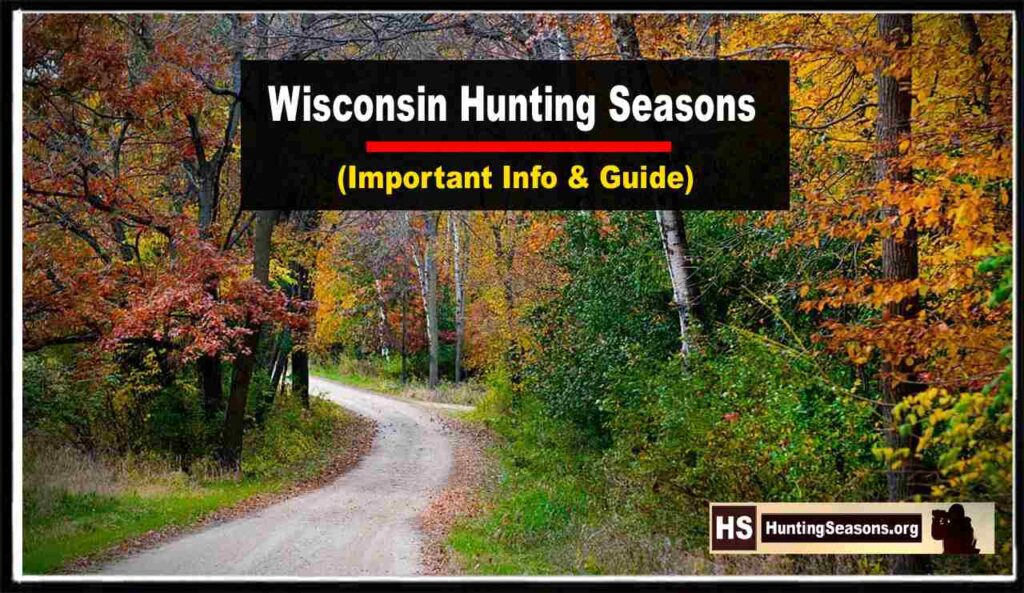
Deadlines for Permit Application
| Permit Application | Deadlines |
|---|---|
| Bobcat | 1-Aug |
| Bear | 10-Dec |
| Elk | 31-May |
| Fisher | 1-Aug |
| Sharp-tailed Grouse* | 31-Aug |
| Spring Turkey | 10-Dec |
Drawing Schedule
| Drawings | Timings |
|---|---|
| Elk | Early Jun |
| Bobcat | Mid-Sept |
| Fisher | Mid-Sept |
| Sharp-tailed Grouse | Sept |
| Spring Turkey | Late Jan |
| Bear | Early Feb |
Regulations
- Hunting is prohibited without a valid license and the necessary stamps.
- All turkey harvests must be reported to authorities.
- Shotguns and muzzle-loading shotguns, crossbows and bow and arrows are some of the permitted weapons and tactics.
- When on a wild turkey hunt, you can’t utilize any kind of artificially-produced or amplified bird calls or noises.
- During the fall turkey, using dogs to hunt wild turkeys is permitted.
- No use of electronic or live decoys to attract wild turkeys is allowed.
- A valid license, stamp, and harvest permit for turkeys are required to possess a firearm, bow, or crossbow during the spring.
- The drawing for the harvest permits for turkeys uses a cumulative preference approach.
- Migratory game birds requires a small game license, a Waterfowl stamp, and a Federal Migratory Bird Stamp.
- When going for waterfowl that migrate, you may only use specified firearms and ammunition.
- Some buildings and vehicles are off-limits to hunters.
- Certain equipment, such as decoys left in the water unattended or put more than 200 feet from the cover, is forbidden.
- Only boats powered by paddle, oars, or pole may be used for hunting from the water.
- There are regulations regarding the placement of waterfowl blinds on state land.
- There are restrictions on the use of vehicles, such as drones, for the taking of migratory game birds.
- Waterfowl, coots, and mourning doves cannot be hunted with the use of bait.
- Certain bodies of water mandate a minimum hunting distance from land.
- Particular bodies of water require the use of blind anchors.
- For certain bodies of water, daily blind removal is required.
- When shooting from shore to shore is practicable in a small stream, jumping shots from a non-motorized boat is permitted.
- Taking ducks, coots, or mourning doves using bait is prohibited.
- Hunting is permitted over fields that have recently been harvested or planted as part of a legitimate agricultural operation.
- Mourning doves may be legally hunted in areas where agricultural crops or wildlife feeding plots have been manipulated.
- After a crop has been harvested and the grain or seed has been taken from the field, it is against the law to distribute or disperse the crop in any way.
- The Youth Waterfowl Hunt is open only to those who have not yet reached their fifteenth birthday.
- The only kind of waterfowl that adults guiding young hunters are allowed to take is geese.
- Mentors over the age of 16 who want to hunt geese this season must have a valid Canada Goose Permit for the current year.
- Under the Harvest Information Program (HIP), young hunters are expected to report their catches.
License charges
Harvest permits and licenses can be bought at a number of shops and establishments spread out over the state. Licenses for residents and non-residents are offered; fees vary according on residency, season, bag method, and special designations.
| License Types | Non-Residents | Residents |
|---|---|---|
| (Archery) | USD 160 | USD 25 |
| (Crossbow) | USD 160 | USD 25 |
| (Gun Deer) | USD 160 | USD 25 |
| (Small game) | USD 85 | USD 18 |
| (Elk) | Not Applicable | USD 10 |
| (Turkey) | USD 60 | USD 15 |
FAQs
When is Wisconsin's deer hunting season?
When does the hunting season start in Wisconsin?
It normally begins in September and ends in January; however, this varies depending on the kind of wildlife being pursued. The early teal in September, for deer it starts in September and the waterfowls in November.
What types of games can I hunt in Wisconsin?
Deer, bear, wolves, turkey, small mammals, game birds, and furbearers are just some of the animals you may go for.
Are there any safety regulations in Wisconsin?
During weapon season, hunters must cover at least half of their bodies in bright orange or neon pink. It’s also against the law to hunt or fire a weapon within fifty feet of a public road or one hundred yards of a public building or private residence. Drones cannot be used to help track the game.
Do I need a hunting license to hunt in Wisconsin?
Yes, a hunting license is required, which can be bought either online or from a licensed provider.
Are there any hunting seasons specific to youth in Wisconsin?
Young hunters may participate in the Youth Waterfowl Hunt if they are 15 or under. Participants must be accompanied by an adult mentor aged 18 or older and may collect any authorized species of waterfowl, including geese.
- Virginia Hunting Seasons 2024 Latest Dates & Regulations - July 22, 2024
- Georgia Hunting Season 2024-2025 [Updated Schedule!] - July 19, 2024
- 2024 Tennessee Hunting Seasons New Dates & Regulations! - July 11, 2024

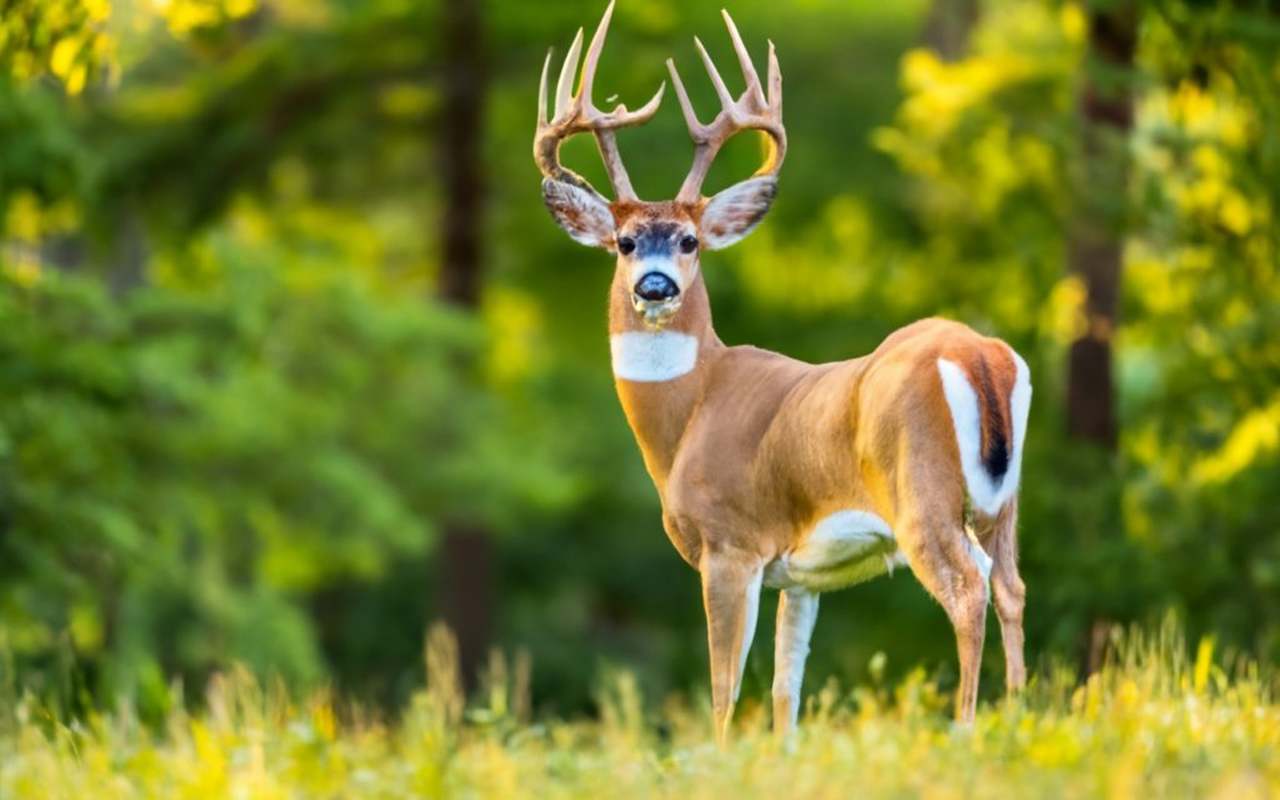

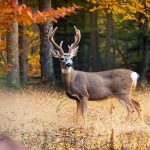
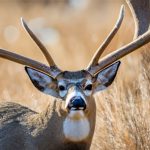
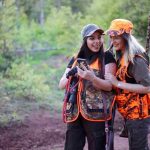
Wisconsin archery opener appears to be on Sunday instead of the traditional Saturday. ????
Opening day for archery is September 16 which is a Saturday.